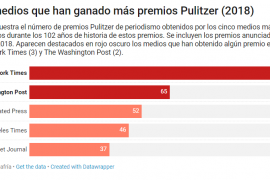Between 2000 and 2017 prices in the European Union as a whole increased by an average of 36.5%, according to data published this week by Eurostat.
However, if the variations in prices are analyzed by each European country, the differences are very remarkable.
Thus, in Romania, prices rose an average of 257% during this period, being the country where the increase was higher. The second country in the ranking is Iceland, where prices rose by 108% between 2000 and 2017. Hungary ranks third with an increase of 98%.
In the case of Spain, it appears in the 13th position of this ranking with an average price increase of 42.8%, 6.3 points above the European average.
The countries with the lowest average prices in the analyzed period were France (29.7%), Sweden (29.1%) and Germany (28.6%).
The report published by Eurostat also provides data on the variation of prices in the period 2000-2017 by sectors.
In the European Union as a whole, the most significant increases occurred in the sector of alcoholic beverages and tobacco, whose prices grew by 92.1% on average, and in education, where they rose by 91.2%. In contrast, communications experienced an average reduction of 21.7%.
In the case of Spain, the most important increase also occurred in the sector of alcoholic beverages and tobacco (120.1%), followed also by education (78.5%). As in the EU as a whole, communications decreased by 21.8%.


















